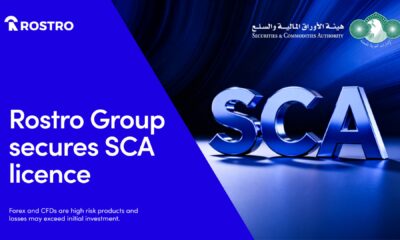Automotive
Driving Change – Part 2: Media Perception

By Paige Lingwood, Insights Consultant, CARMA
The global automotive industry is undergoing a major transformation, sparked by geopolitical pressures, the rise of new Chinese competitors, supply chain vulnerabilities, and changing consumer preferences. This report analyzes online media responses to Chinese automotive brands and their impact on established global competitors throughout 2024.
Key Objectives
This analysis examines the tonality towards Chinese brands versus established brands, identifies positive and negative attributes, explores leading trends driving coverage peaks, and assesses confidence levels and skepticism in the industry’s transition.
Methodology
The study analyzed a representative sample of 12,000 articles from January 2024 to January 2025 across 15 markets including Brazil, China, France, Germany, Italy, Japan, Malaysia, Philippines, Saudi Arabia, Singapore, Spain, UAE, UK, and USA. Media outlets were selected based on automotive industry relevance, including specialist outlets, news sources, lifestyle media, and technology publications.
Industry Landscape
Chinese brands now dominate the global electric vehicle market, accounting for seven of the top 10 positions in global EV seller rankings. BYD stands out as the leading performer, with plug-in deliveries increasing 58.2% year-on-year, representing 26.1% of all EV sales in 2024. Despite this rise, established brands maintain command over global passenger car sales, with Tesla’s Model Y (1.09 million sales) and Toyota Corolla (1.08 million sales) leading 2024 sales.

Top Industry Trends for 2025
1. Tariffs Dominating Discussion
Tariffs emerged as a major issue in 2024, with the EU enforcing new import tariffs up to 45% on Chinese EVs in October. US tariffs on Chinese imports and President Trump’s reciprocal tariffs affecting over 180 countries continue driving media coverage. The “Detroit 3” (General Motors, Ford, Stellantis) face the most significant impact due to their North American operations.
2. Deeper Tech Collaboration
With Chinese brands driving rapid innovation, traditional automakers can no longer thrive independently. Notable collaborations include Toyota-Tencent, Renault-Cerence, Nissan-Baidu, Stellantis-Mistral, and Volkswagen-Horizon Robotics. These partnerships are evolving into deeper relationships, acquisitions, or mergers.
3. Autonomous Driving and Software-Defined Vehicles
By 2025, 60% of newly sold cars will feature autonomous driving capabilities like adaptive cruise control and lane-assist. Software-defined vehicles (SDVs) represent a seismic shift, with over-the-air updates and enhanced safety becoming major selling points.
4. New Audience Engagement
Brands adapt through influencer marketing and YouTube strategies, with 80% of car buyers influenced by YouTube content during their purchase process. The Consumer Electronics Show (CES) has emerged as a key automotive showcase, eclipsing traditional auto events.
5. TikTok’s Emerging Role
While TikTok accounts for just 4% of potential car buyers, brands focus on the platform for Gen Z influence. TikTok released new automotive advertising formats in February, positioning itself as a full-funnel platform for the industry.
Key Findings
Media Perception Alignment
Chinese brands receive characteristically low criticism and high positive coverage on crucial factors like pricing, technology, and reliability. This aligns with consumer research showing price, reliability, and technology as key purchase decision factors.
BYD’s Dominance
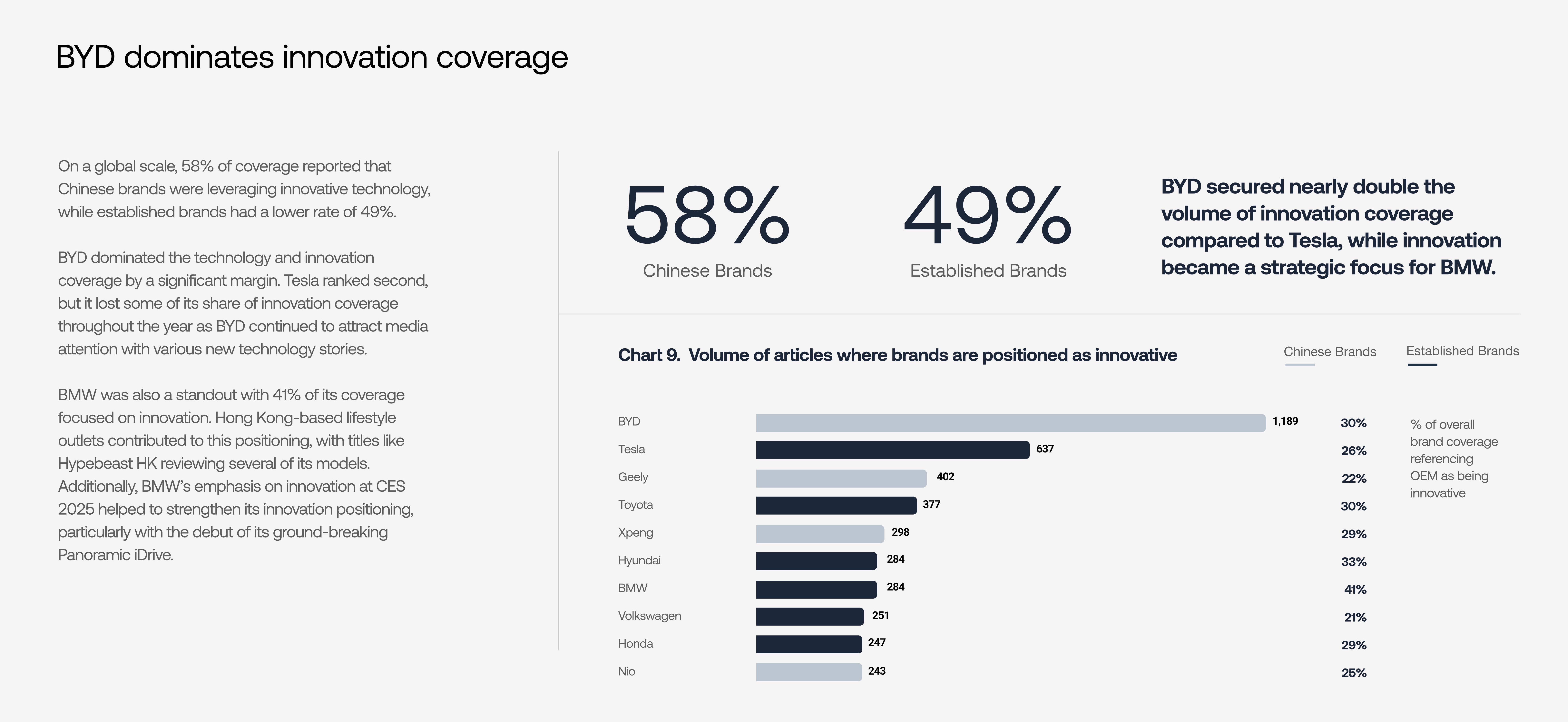
BYD leads share of voice with double the coverage volume compared to brands like Geely, Volkswagen, and BMW. The brand generates 41% of all positive Chinese brand coverage, with 37% of BYD’s coverage being positive versus 30% for Chinese brands overall and 24% for established brands.
Innovation Leadership
Close to 60% of media coverage reported Chinese brands utilizing innovative technology compared to 50% for established brands. UAE-based media contributed significantly to this positive technology focus, elevating Chinese brand perception in the Middle East.
High Confidence Levels
Media express high confidence and low skepticism toward Chinese brands overall. Brands like Haval, Wuling, Zeekr, and Chery showed the highest confidence proportions, while Chrysler, Volkswagen, SAIC, and Tesla received the most skeptical coverage.
Coverage Trends Throughout 2024
The period between April and May marked a turning point as Chinese brands gained higher share of voice for the first time. This trend reversed from September when established brands captured attention with financial results and forecast cuts.
Tariff discussion peaked mid-year as the US quadrupled charges for Chinese imports, with 25% of tariff coverage occurring in July alone. Battery Electric Vehicles dominated both media coverage and global EV sales, driven by debates on tariffs and pricing wars between Tesla and BYD.
Consumer Decision Factors
Price, reliability, and technology received positive Chinese brand coverage across multiple markets. Onboard technology emerged as a clear advantage, facing minimal criticism. The US Information Technology & Innovation Foundation reported Chinese EV brands are 30% faster at developing and launching new models compared to established brands.
BYD secured nearly double the innovation coverage volume compared to Tesla, while BMW achieved 41% innovation-focused coverage. Globally, 58% of Chinese brand coverage highlighted innovative technology versus 49% for established brands.

Media Confidence Analysis
Journalists globally express confidence toward Chinese brands’ future, with limited outright skepticism. BYD alone contributes 36% of overall Chinese brand confidence, while Tesla leads established brands with 11% confidence contribution.
The Philippines displayed highest confidence in Chinese brands, particularly GAC, while UK and Saudi Arabia contributed nearly 30% of global skepticism, primarily focused on tariff expansion impacts.
Conclusion
Chinese automotive brands, led by BYD, are successfully redefining industry dynamics through positive media positioning aligned with consumer preferences. The synergy between earned media coverage and consumer decision factors indicates a winning formula in the competitive landscape. As the industry continues evolving through technological advancement, regulatory changes, and shifting consumer behavior, the ability to adapt, collaborate, and connect with audiences will determine success.
The rise of Chinese brands represents more than market disruption—it signals a fundamental transformation in how automotive companies approach innovation, technology integration, and consumer engagement in an increasingly digital and environmentally conscious marketplace.
Automotive
EV LAB invests in Pure Electric, kicks off partnership with new lineup of e-scooters
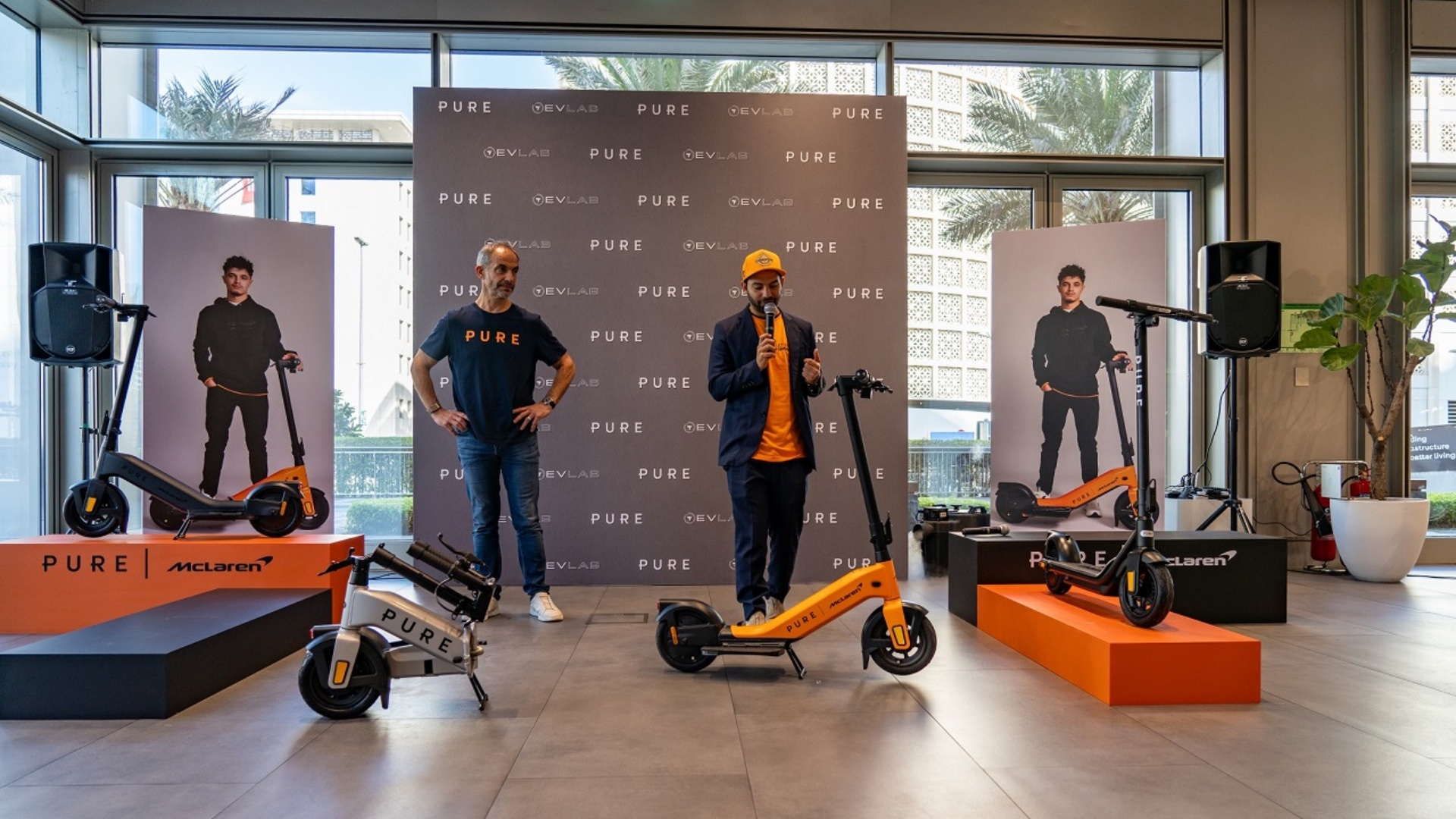
EV LAB, the region’s first omni-channel multi-brand EV store, has invested in Pure Electric, a global specialist in electric micromobility founded by British entrepreneur Adam Norris, and will serve as the brand’s exclusive partner across the Middle East. The partnership kicked off with the launch of Pure Electric’s three new e-scooters in the UAE – Air⁴, Pure x McLaren, and Pure Flex. The collaboration marks a pivotal move towards advancing sustainable transport solutions and supporting the UAE’s goal of reaching Net Zero by 2050.
Under this new venture, EV LAB will feature Pure Electric products across its five stores in the region. This will include the new lineup, primarily designed for urban commuters, lifestyle riders, tech-forward consumers, and micromobility enthusiasts, offering a potent blend of performance, innovation, and purposeful design tailored for the region’s fast-paced city environment. The latest models include the Air⁴, a remastered fourth-generation classic e-ride with a smoother, more powerful ride featuring a 710W motor and 30km range; the Pure x Mclaren finished in McLaren’s iconic orange livery, built with active steering stabilisation, a 900W motor, and a 50km range; and the Pure flex, the world’s most compact scooter featuring a unique forward-facing stance, ultra-compact design, and a 45km range, built for maximum control and stability.
Kevin Chalhoub, CEO and founder of EV LAB, stated, “Collaborating with Pure Electric to launch these unique, state-of-the-art e-scooters in the UAE is an incredible opportunity to drive innovation and sustainability by reducing carbon emissions that will help prevent wider climate problems across the Middle East. Over the past few years, consumers in the region have grown more environmentally conscious and are looking for smarter and greener approaches to travel. These new models will help us advance our mission of creating a dynamic ecosystem in which brands, consumers, and experts can connect through accessible, sustainable, and meaningful electric mobility experiences.”
Micromobility is becoming increasingly popular in the United Arab Emirates due to factors such as the rise in eco-conscious consumers, urbanisation, and traffic congestion within cities. With a compound annual growth rate (CAGR) of 12.2 per cent, the UAE micromobility market is projected to reach USD 2,014.8 million by 2030. Aligning with this growth, EV LAB, as the first multi-brand electric mobility platform in the region, is building a thriving network of EV businesses, experts, and enthusiasts, while offering advanced electric mobility solutions for land, air, and sea, including boats and surfboards, cars, scooters, and air taxis. Through the latest partnership, the company continues to push forward the transition to electric mobility within the UAE and across the Middle East through knowledge exchange and strategic partnerships.
Adam Norris, CEO and Founder of Pure Electric, said: “Pure Electric was formed with the goal of revolutionising personal transport and preparing cities for future generations. Our latest collaboration with EV LAB is a step towards this vision and reinforces our commitment to advancing smarter, greener travel solutions. At Pure Electric, we believe people must begin making thoughtful mobility decisions, not only for practical reasons but also for the wellbeing of our cities and the environment.”
“This new partnership is also of great importance to me, as it comes at the same time my son, Lando, has secured his first Formula 1 World Championship title in Abu Dhabi. I am incredibly proud of these milestones, both as a father and business owner, and look forward to what lies ahead,” Norris added.
Pure Electric, since its founding in 2018, has quickly grown into eight nations owing to its clear vision, precision engineering, and a relentless commitment to delivering quality riding experiences. The company’s global momentum, paired with EV LAB’s regional leadership, opens the door to a new era of micromobility in the country.
Automotive
SONAX ACCELERATES DOUBLE-DIGIT GROWTH ACROSS GCC AND MIDDLE EAST WITH UAE DISTRIBUTOR RAMY AUTOMOTIVE
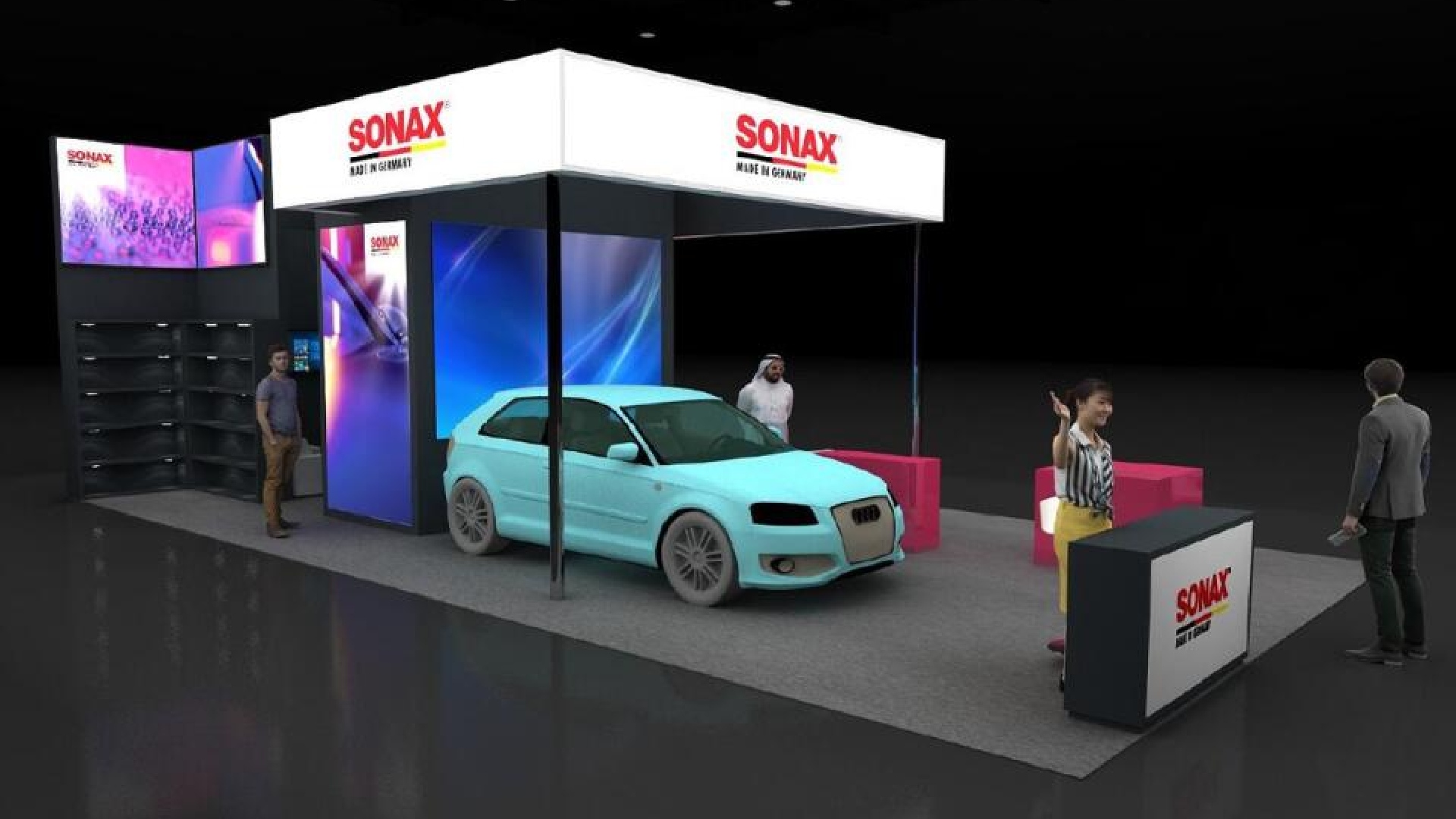
SONAX GmbH, the global leader in car care solutions, has recorded consistent double-digit growth across the GCC and wider Middle East region, averaging between 10% and 20% over the past five years. This sustained expansion underscores the company’s strong foothold in the region and its position as the number-one premium car care brand, reinforced by a 35-year partnership with its UAE distributor, RAMY Automotive.
Building on this success, SONAX will showcase its next-generation innovations at Automechanika Dubai 2025, where it will unveil two new additions to its Ceramic Coating line, CC Glass and CC Rim. These latest formulations highlight SONAX’s continuous investment in innovation, performance, and product excellence.
“Our continued double-digit growth underscores the strong trust and loyalty that SONAX has built among car enthusiasts and professionals across the UAE,” said Edwin Berberi, Senior Business Development Manager SONAX, GmbH. “At RAMY Automotive, we take pride in representing SONAX in the UAE and strengthening its legacy of excellence in car care. We are committed to further expanding our footprint while upholding the highest standards of quality and customer satisfaction across the region.”
Founded in 1950 in Neuburg, Germany, SONAX has built its reputation on premium quality, continuous research, and technical advancement. Its comprehensive portfolio spans car, motorcycle, bicycle, and industrial care, from manual detailing to automated washing, offering both private and professional users products that meet the highest global standards.
The GCC is one of the fastest-growing markets for high-end vehicle maintenance, driven by discerning customers who own luxury cars and demand superior quality care. As such, SONAX has continued to attract both individual car enthusiasts and commercial clients seeking long-lasting protection and professional-grade efficiency.
“Automechanika Dubai provides the perfect platform to strengthen our connections with customers and partners while introducing our latest innovations tailored for regional needs,” added Berberi. “Our mission remains clear: to deliver premium, sustainable, and high-performance solutions that make every vehicle shine.”
SONAX’s advanced Ceramic Coating products have set industry benchmarks since the launch of Nano Paint Protect in 2006. Today, the brand leads with a complete portfolio that includes CC Vinyl+PPF and CC Plastic+Rubber, and now expands further with the 2026 innovations CC Glass and CC Rim.
As part of its environmental commitment, SONAX integrates sustainability across its operations and product development. The company is ISO 14001 certified for its environmental management system and participates in the Responsible Care initiative, ensuring continuous improvement in environmental, health, and safety standards. Most of its products are made with 99.75% natural ingredients, reflecting its dedication to creating environmentally conscious products without compromising performance.
With a strong partner network across the GCC and Middle East, SONAX is uniquely positioned to serve regional and international customers. Its cooperation with RAMY Automotive in the UAE has been a cornerstone of its regional strategy, ensuring that customers across all markets receive the same quality, service, and reliability synonymous with the SONAX brand.
Automotive
Emarat Showcases Emojet’s Aviation Fuel Leadership at Dubai Airshow 2025
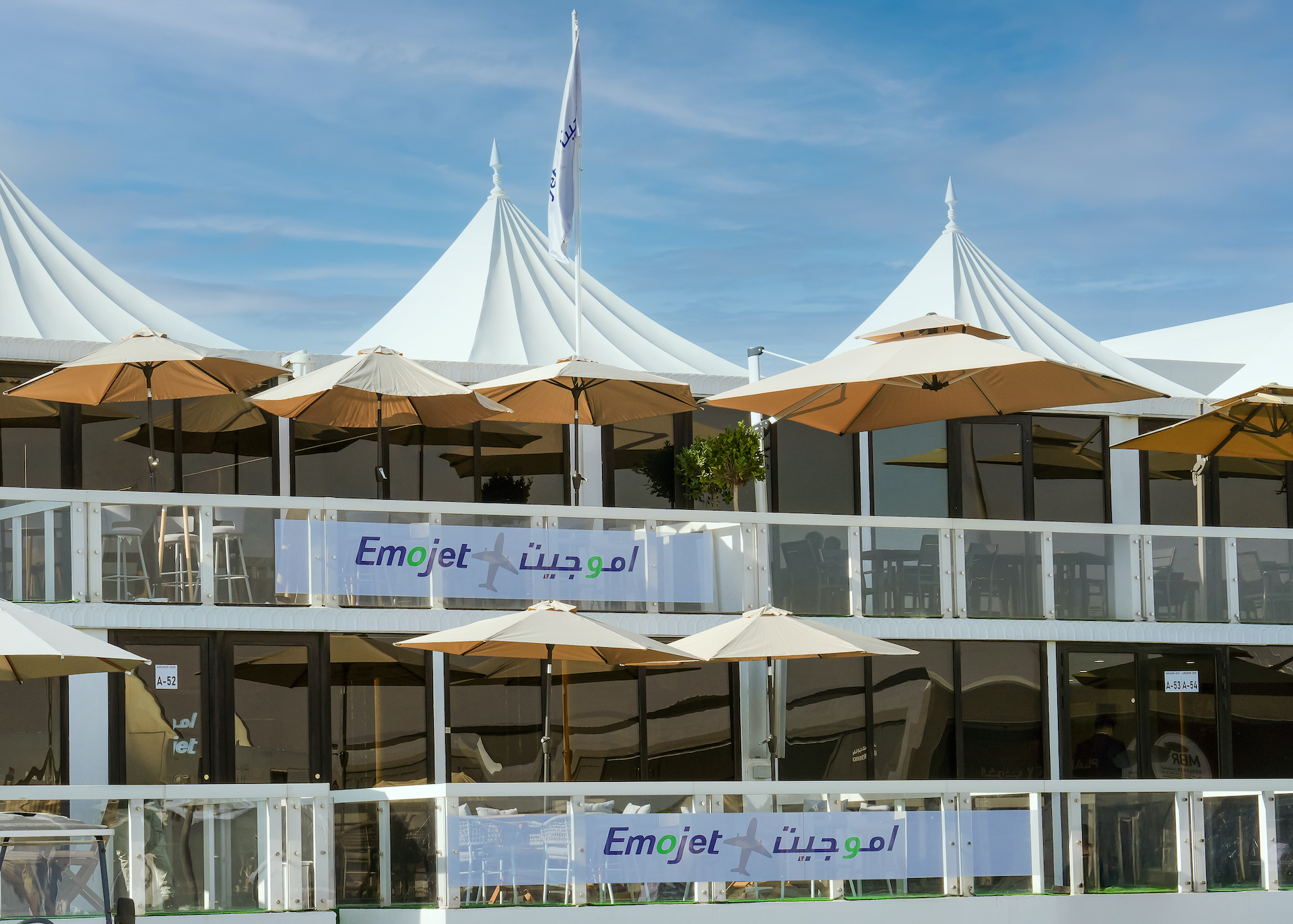
Emirates Petroleum Company PJSC (Emarat), a pioneer in the UAE’s oil and gas industry, will highlight the strength of its aviation fuel business at Dubai Airshow 2025 through its aviation subsidiary, Emojet, one of the leading into-plane fuel service providers at Dubai International Airport and Al Maktoum International Airport (Dubai World Central). Emojet will host airline, airport and industry partners at Chalet A52 from 17–21 November 2025, between 10:00 AM and 5:30 PM at Al Maktoum International Airport.
A key pillar of Emarat’s portfolio, aviation fuel is delivered through Emojet, which has proudly served the UAE’s world-leading aviation industry since 1992. Today, Emojet supplies aviation fuel to many of the world’s leading international airlines at Dubai International Airport and Al Maktoum International Airport, delivering award-winning into-plane services built on safety, reliability and service excellence.
Ali Khalifa Al Shamsi, Chief Executive Officer of Emarat, said, “Dubai Airshow is a natural platform for Emarat and Emojet. For more than three decades, we have been privileged to fuel the growth of the UAE’s aviation sector and support Dubai’s rise as a global hub for passengers and cargo. Through Emojet, we combine best-in-class infrastructure, rigorous safety and operational discipline with a partnership mindset that puts our customers’ network and growth ambitions at the centre. At Dubai Airshow 2025, we look forward to reinforcing our commitment to the aviation ecosystem and exploring new collaborations that will help shape the future of air connectivity in our region.”
At Dubai Airshow 2025, Emojet will focus on deepening existing relationships and building new partnerships with airlines, cargo operators, airports, and logistics players from across the region and beyond. This follows Emojet’s July 2024 agreement with Emirates SkyCargo to supply aviation fuel for the airline’s cargo operations at Al Maktoum International Airport – a model of the strategic collaborations the brand aims to replicate and expand during the show.
Salem Bin Suloom, Vice President – Aviation Sales at Emarat, said, “Emojet’s promise is simple – safe, reliable and efficient fueling, every time. Our customers operate in highly demanding environments, and they rely on us to deliver on-time performance, technical excellence and responsive service across every flight and every turnaround. At Dubai Airshow 2025, our focus is on listening to our partners, understanding their evolving operational needs and identifying new ways we can support them – whether through long-term supply agreements, expanded into-plane services, or new collaborations with airports and operators across the wider region. We warmly invite existing and prospective partners to visit us to discuss how Emojet can fuel their future plans.”
Emojet stands apart through its modern fleet of refuelling equipment, advanced control systems and highly trained operational teams. The company utilises the latest electronic data capture and interface systems to drive efficiency, accuracy and transparency, ensuring that its operations and equipment exceed mandated IATA standards.
-

 Tech News1 year ago
Tech News1 year agoDenodo Bolsters Executive Team by Hiring Christophe Culine as its Chief Revenue Officer
-

 VAR8 months ago
VAR8 months agoMicrosoft Launches New Surface Copilot+ PCs for Business
-

 Tech Interviews2 years ago
Tech Interviews2 years agoNavigating the Cybersecurity Landscape in Hybrid Work Environments
-

 Tech News5 months ago
Tech News5 months agoNothing Launches flagship Nothing Phone (3) and Headphone (1) in theme with the Iconic Museum of the Future in Dubai
-

 Tech News2 years ago
Tech News2 years agoBrighton College Abu Dhabi and Brighton College Al Ain Donate 954 IT Devices in Support of ‘Donate Your Own Device’ Campaign
-

 Editorial1 year ago
Editorial1 year agoCelebrating UAE National Day: A Legacy of Leadership and Technological Innovation
-

 VAR1 year ago
VAR1 year agoSamsung Galaxy Z Fold6 vs Google Pixel 9 Pro Fold: Clash Of The Folding Phenoms
-

 Cover Story9 months ago
Cover Story9 months agoUnifonic Leading the Future of AI-Driven Customer Engagement












